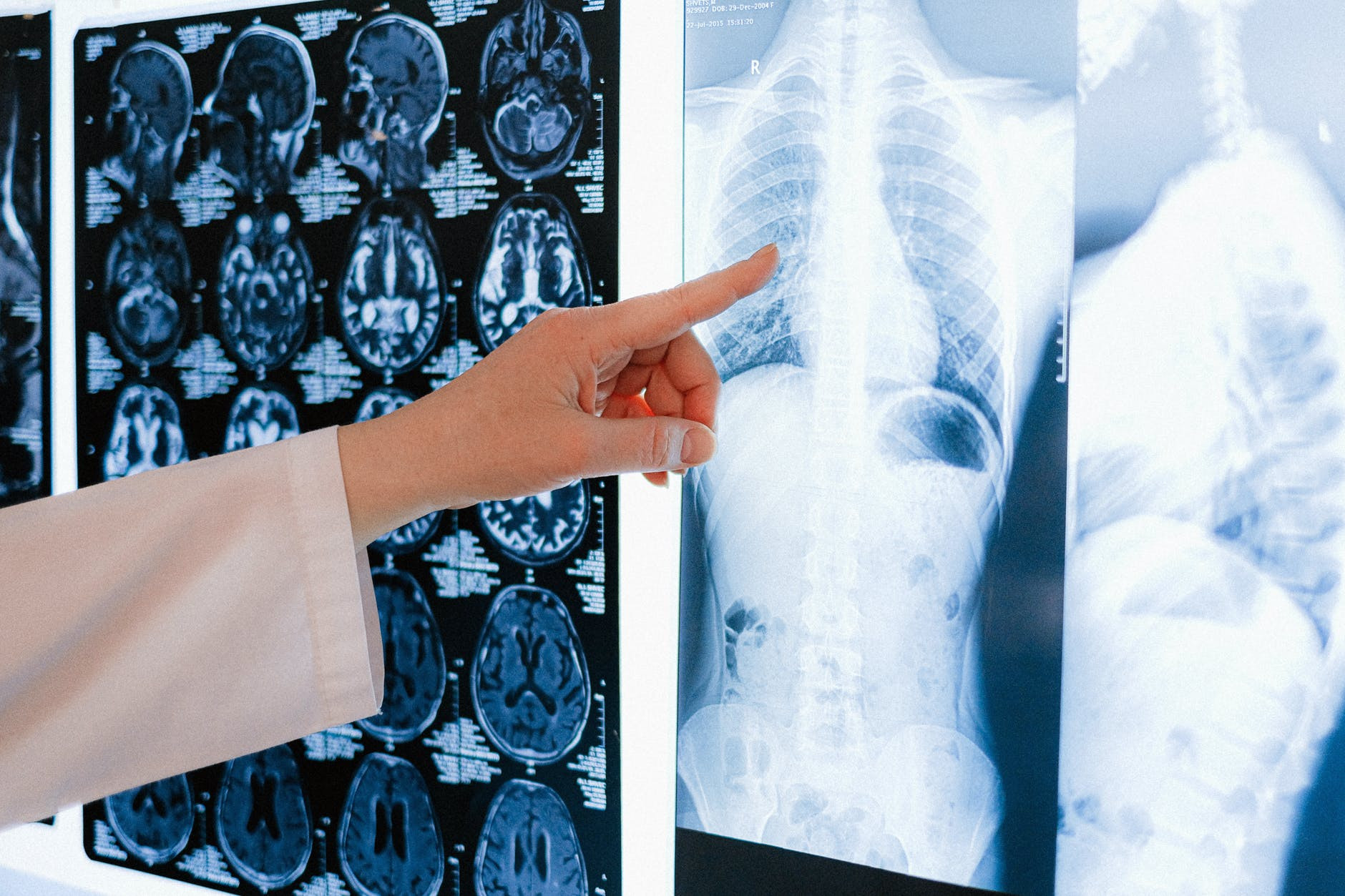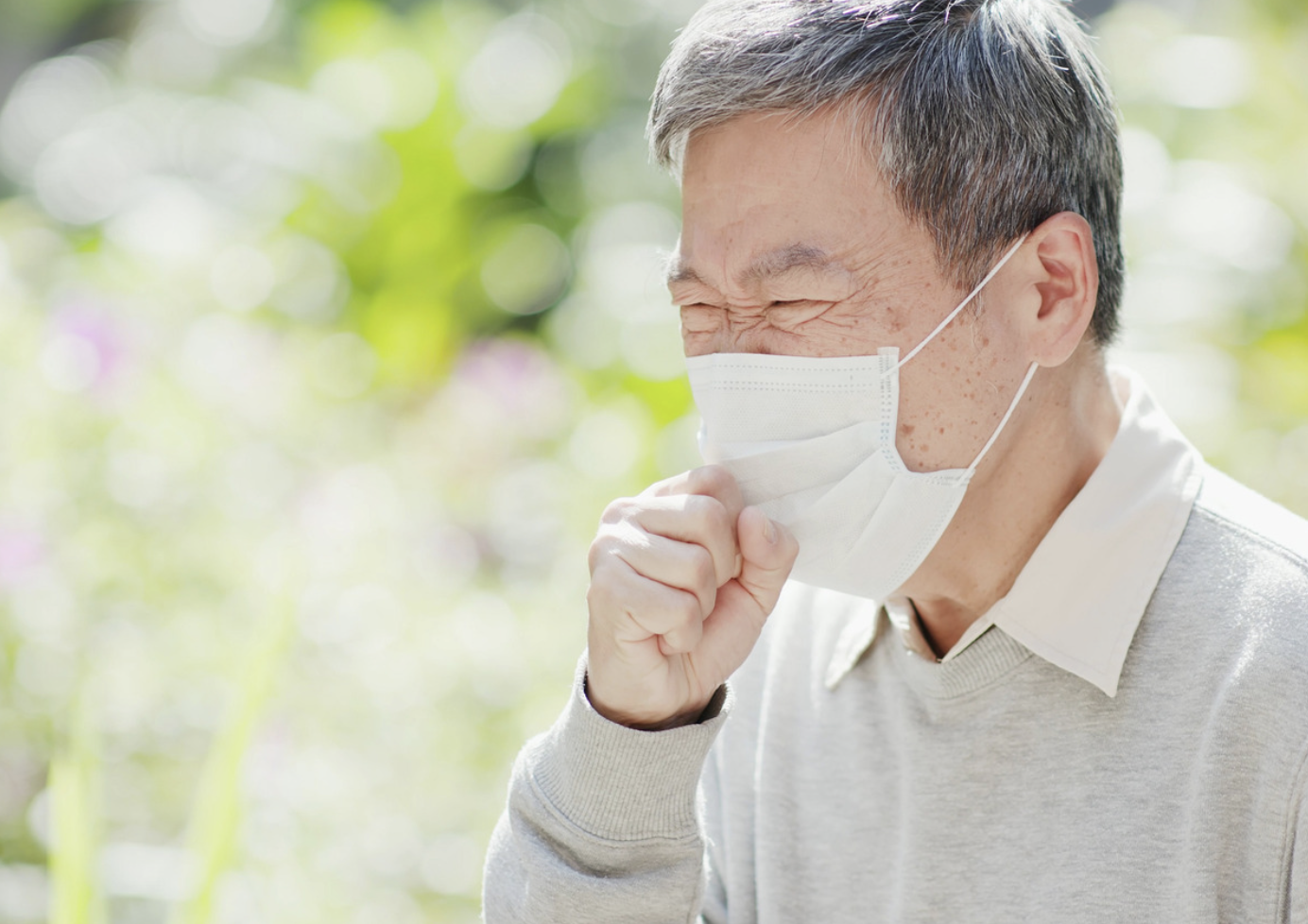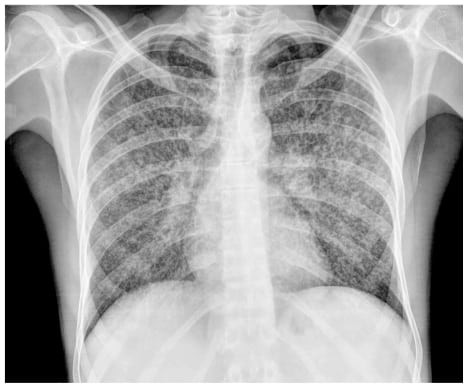Definisi
Penyakit paru obstruktif kronis atau disingkat dengan PPOK merupakan sebuah penyakit peradangan pada paru yang terjadi dalam jangka waktu cukup lama atau kronik. PPOK menyebabkan terjadinya sumbatan aliran udara dari paru. PPOK terdiri atas beberapa kondisi pada paru yang menyebabkan terjadinya kesulitan bernapas, seperti emfisema dan bronkitis kronis.
PPOK ditetapkan sebagai penyebab ketiga kematian terbanyak di seluruh dunia. Diketahui pada tahun 2019, 3.32 miliar kematian terjadi disebabkan oleh PPOK. 80 persen diantaranya terjadi pada negara dengan pendapatan rendah dan menangah.
PPOK dominan ditemukan pada usia paruh baya atau lebih tua yang merokok. Kebanyakan orang tidak menyadari bahwa mereka mengalami PPOK.
PPOK merupakan sebuah penyakit yang bersifat progresif atau dapat menjadi semakin memburuk seiring berjalannya waktu dan menyebabkan munculnya gejala yang persisten. Namun, meskipun bersifat progresif, PPOK tetap dapat diobati. Penanganan yang tepat dapat membantu orang dengan PPOK untuk mengontrol gejala yang muncul dan memperbaiki kualitas hidup orang dengan PPOK.
Penyebab
Penyebab utama terjadinya PPOK pada negara berkembang adalah kebiasaan merokok tembakau. Semakin lama Anda merokok, maka semakin tinggi pula kemungkinan Anda mengalami PPOK.
Di negara berkembang, PPOK sering terjadi pada orang yang terpapar asap dari pembakaran bahan bakar yang digunakan untuk memasak pada rumah dengan ventilasi yang buruk. Pada beberapa kasus, PPOK dapat disebabkan karena adanya permasalahan genetik langka yang membuat paru lebih mudah mengalami kerusakan. Kekurangan protein alfa-1 antitripsin dapat menyebabkan gangguan pada paru, termasuk PPOK.
Faktor Risiko
Terdapat beberapa faktor risiko terjadinya PPOK, yaitu:
- Paparan terhadap asap rokok tembakau. Faktor risiko yang dapat menaikkan kemungkinan terjangkit PPOK secara signifikan berupa paparan asap rokok jangka panjang. Semakin lama Anda merokok, semakin besar risiko Anda mengalami PPOK.
- Orang dengan asma. Asma merupakan peradangan kronik yang terjadi pada saluran pernapasan. Kondisi ini dapat memperbesar kemungkinan terjadinya PPOK.
- Paparan debu dan zat kimia di tempat kerja. Paparan jangka panjang terhadap zat kimia, asap, dan debu di tempat kerja dapat menyebabkan iritasi pada paru Anda. Selanjutnya, hal ini dapat menyebabkan terjadinya peradangan pada paru dan menyebabkan PPOK.
- Paparan asap dari pembakaran bahan bakar. Di negara berkembang, masyarakat cenderung sering terpapar hasil pembakaran saat memasak. Akibat rumah tersebut memiliki ventilasi yang buruk sehingga penghuninya dapat menghirup udara tersebut.
Gejala
Gejala yang ditimbulkan PPOK sering kali tidak terlihat hingga terjadi kerusakan paru yang signifikan. Gejala ini biasanya akan mengalami perburukan dari waktu ke waktu, terutama jika paparan terhadap asap rokok terus berlanjut. Kondisi ini biasanya disebabkan oleh paparan jangka panjang terhadap gas atau partikel yang mengiritasi, terutama paparan asap rokok jangka panjang. Adapun gejala yang dapat muncul pada orang dengan PPOK berupa:
- Napas yang pendek, terutama saat beraktivitas fisik
- Mengi
- Rasa sesak di dada
- Batuk yang terjadi dalam jangka waktu lama atau kronik. Batuk disertai dengan adanya produksi mukus atau sputum (lendir) yang dapat berwarna bening, putih, kuning, atau berwarna kehijauan
- Sering mengalami infeksi saluran napas
- Kekurangan energi dan sering mudah lelah
- Penurunan berat badan yang tidak diinginkan
- Pembengkakan pada kaki, terutama pada pergelangan kaki
Orang yang mengalami PPOK cenderung akan mengalami episode eksaserbasi. Kondisi ini terjadi ketika gejala PPOK yang dialami menjadi semakin memburuk dari hari ke hari dan bertahan setidaknya selama beberapa hari.
Diagnosis
Anamnesis dan Pemeriksaan Fisik
Dalam menegakan diagnosis, dokter Anda akan menanyakan beberapa pertanyaan, seperti:
- Menanyakan gejala yang Anda rasakan
- Melakukan pemeriksaan fisik pada dada dan mendengarkan suara napas Anda dengan menggunakan stetoskop
- Menanyakan apakah Anda merokok atau pernah merokok
- Melakukan penghitungan BMI atau body mass index
- Menanyakan riwayat permasalahan paru pada keluarga
Pemeriksaan Penunjang
Setelah melakukan anamnesis dan pemeriksaan fisik, dokter Anda akan melakukan pemeriksaan penunjang guna menegakan diagnosis. Pemeriksaan penunjang yang dilakukan dapat berupa:
- Tes Spirometri, Tes ini dilakukan untuk mengatahui fungsi paru Anda. Anda akan diminta oleh dokter Anda untuk bernapas ke dalam sebuah alat yang bernama spirometri setelah menghirup sebuah obat yang disebut sebagai bronkodilator. Hasil pemeriksaan ini akan dibandingkan dengan nilai normal spirometri pada usia Anda.
- Rontgen dada, Pemeriksaan rontgen paru dilakukan untuk melihat adanya permasalahan pada paru Anda yang menyebabkan munculnya gejala serupa PPOK.
- Tes darah (laboratorium), Pemeriksaan darah pada pasien PPOK dapat memperlihatkan kondisi lain yang dapat menyebabkan gejala serupa dengan PPOK, seperti kekurangan sel darah merah (anemia) dan polisitemia. Kadang pemeriksaan darah juga dapat menunjukan defisiensi atau kurangnya jumlah alfa-1-antitripsin. Kondisi ini merupakan sebuah permasalahan genetik yang jarang terjadi tetapi dapat menyebabkan peningkatan terhadap risiko PPOK.
Selain ketiga tes tersebut, dokter Anda mungkin juga akan melakukan beberapa tes tambahan untuk menegakan diagnosis atau untuk mengetahui tingkat keparahan PPOK yang Anda alami. Pemeriksaan tersebut dapat berupa pemeriksaan EKG, Echocardiogram, peak flow test, blood oxygen test, CT scan, dan phlegm sample.
Tata laksana
Hingga saat ini, belum terdapat pengobatan untuk mengobati PPOK secara tuntas. Namun, penegakan diagnosis dan pengobatan sedini mungkin sangat penting dilakukan untuk memperlambat perburukan gejala dan menurukan risiko terjadinya perburukan secara tiba-tiba.
Kerusakan paru yang disebabkan oleh PPOK bersifat permanen. Namun, tingkat perburukan gejala dapat diperlambat dengan pengobatan yang tepat. Tata laksana yang diberikan oleh dokter dapat berupa:
- Berhenti merokok
- Inhaler dan obat-obatan. PPOK menyebabkan Anda merasa sesak saat bernapas. Pemberian inhaler dan obat-obatan yang diberikan bertujuan untuk mempermudah saat bernapas
- Rehabilitasi pulmoner, prosedur ini berfungsi untuk memperbaiki dan mengontrol gejala PPOK
- Operasi atau transplantasi paru, pada kasus PPOK yang berat mungkin prosedur operasi dapat disarankan dokter
Komplikasi
PPOK bersifat progresif dan dapat semakin memburuk seiring dengan waktu berjalan. Hal ini dapat menyebabkan penderitanya mengalami kesulitan untuk melakukan aktivitas sehari-hari karena sesak napas yang dirasakan. Kondisi ini juga dapat menyebabkan beban secara finansial karena penderita PPOK akan mengalami keterbatasan dalam bekerja dan membutuhkan dana untuk melakukan pengobatan.
Pencegahan
Terdapat beberapa hal yang dapat dilakukan untuk menurunkan risiko terjadinya PPOK, berupa:
- Jika Anda merokok, berhentilah merokok
- Lakukan olahraga secara teratur
- Lakukan vaksinasi untuk melawan pneumonia, influenza, dan virus corona
Kapan Harus Ke Dokter?
Kunjungi dokter Anda jika gejala yang Anda rasakan mengalami perburukan atau tidak mengalami perubahan setelah diberikan pengobatan. Perhatikan jika terdapat adanya tanda-tanda infeksi, seperti demam dan perubahan pada warna sputum atau dahak.
Jika Anda berusia lebih dari 35 tahun, pernah atau merupakan perokok aktif, dan mengalami gejala PPOK yang terjadi secara terus-menerus, segera pergi ke dokter. Jangan abaikan gejala yang Anda rasakan. Semakin cepat Anda didiagnosis dan menerima pengobatan, semakin baik juga hasilnya. Perlu diingat bahwa PPOK belum dapat disembuhkan, tapi dapat dilakukan pencegahan dan pengendalian terhadap perburukan gejala sebelum terjadi kerusakan paru yang signifikan.
Kunjungi dokter Anda sesegera mungkin jika Anda merasakan sesak napas, perubahan warna menjadi kebiruan pada bibir dan bagian dasar kuku atau sianosis. Kondisi ini menandakan bahwa tubuh Anda sedang mengalami kekurangan kadar oksigen dan kurangnya distribusi oksigen ke tubuh bagian perifer atau ujung tubuh. Hal ini dapat berbahaya bagi Anda jika tidak dilakukan penanganan dengan segera.
- dr Nadia Opmalina
MayoClinic.org. (2020, 15 April). COPD - Symptoms and causes - Mayo Clinic. Diakses pada 15 Februari 2022, dari https://www.mayoclinic.org/diseases-conditions/copd/symptoms-causes/syc-20353679
nhs.uk. (2019, 20 September). Chronic obstructive pulmonary disease (COPD) - NHS. Diakses pada 15 Februari 2022, dari https://www.nhs.uk/conditions/chronic-obstructive-pulmonary-disease-copd/
Webmd.com. (2021, 3 November). COPD: Symptoms, Causes, Types, Diagnosis, Treatment. Diakses pada 15 Februari 2022, dari https://www.webmd.com/lung/copd/10-faqs-about-living-with-copd
Medlineplus.gov. (2021, 9 Desember). Chronic Obstructive Pulmonary Disease | MedlinePlus. Diakses pada 15 Februari 2022, dari https://medlineplus.gov/copd.html
WHO.int. (2021, 21 Juni). Chronic obstructive pulmonary disease (COPD) (who.int). Diakses pada 15 Februari 2022, dari https://www.who.int/news-room/fact-sheets/detail/chronic-obstructive-pulmonary-disease-(copd)



/inhaler.jpg)








